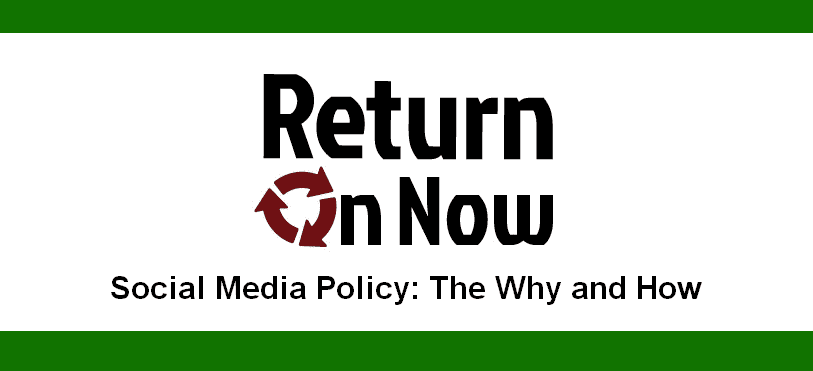Enforcement
The very word enforcement can elicit negative connotations for many. But in the end, employees will only comply with the rules if there are consequences for failing to do so.
This section can be handled in a variety of ways.
The first level of enforcement needs to be friendly reminders and coaching.
Even with a thorough training, many individuals will fall back into poor social networking habits, forget to filter when in a bad mood one day, or simply forget what they learned in the original training.
Depending on your company culture, the more assertive levels of enforcement can vary widely.
For businesses in heavily regulated industries, enforcement may have to be defined all the way from hand slaps to firings.
The severity of the penalties should be appropriate to the level of risk associated with failure to comply.
For most companies, it is simpler to have a “no more social for you” policy.
Rather than firing smart, well-intentioned employees altogether, the best bet is often to limit their social media behaviors to personal only.
This is the route most companies take – restrict social media to those who get it and will follow the rules.
Of course, you need to have more severe penalties for employees who are asked to stop tweeting or commenting on company pages, but do not.
Let’s hope that you never have to deal with such a situation.
But you need to be ready for it nonetheless.
Tools and Access
Identify up front what levels of access employees will get to company / brand social media accounts. These are important to protect and nurture properly. Think through the day-to-day access before rolling out to the whole organization.
Finally, if you do not already do so, consider providing social media listening and management tools to your teams.
This allows you to more tightly manage who accesses social profiles, how teams react to issues such as negative reviews, and what topics can be pursued when initiating conversations with influencers and customers.
Regardless of what tools you provide, map out the appropriate use in your social media policy.
You can always update the verbiage if you add or change tools. But do specify the purpose and acceptable uses of whatever platforms you provide the team.
Summary
Social Media Policies are now commonplace among the larger companies. As yours grows,a policy will be required. The above are the primary topics that must be included, but certainly not an exhaustive list.
We can help you build or optimize your policy from a behavior perspective (of course, you will want to have your legal representation do a thorough review once it is finished just to be safe).
If you are interested, contact us today to get help building your own social media policy.
First Page: Social Media Policy: The How and Why Previous Page
Tommy Landry
Latest posts by Tommy Landry (see all)
- B2B SEO in 2025: Winning Visibility in AI-Curated Buyer Journeys - December 16, 2025
- Local SEO Meets AEO and GEO: How AI Platforms Read Local Authority Signals - December 9, 2025
- What Is an SEO Proposal and What Should It Include? - December 2, 2025





